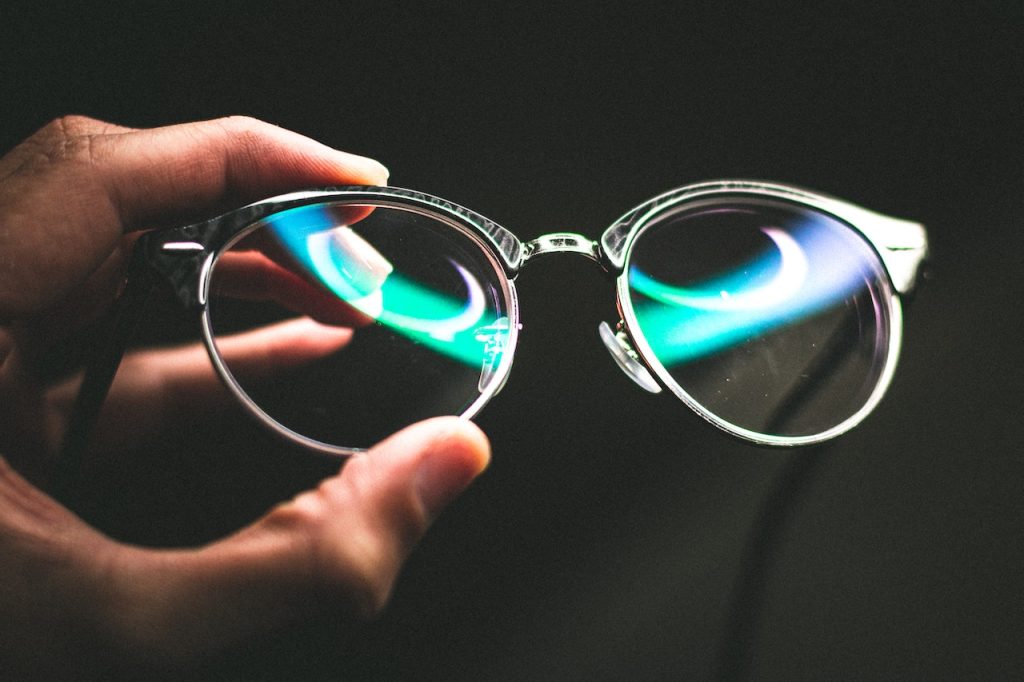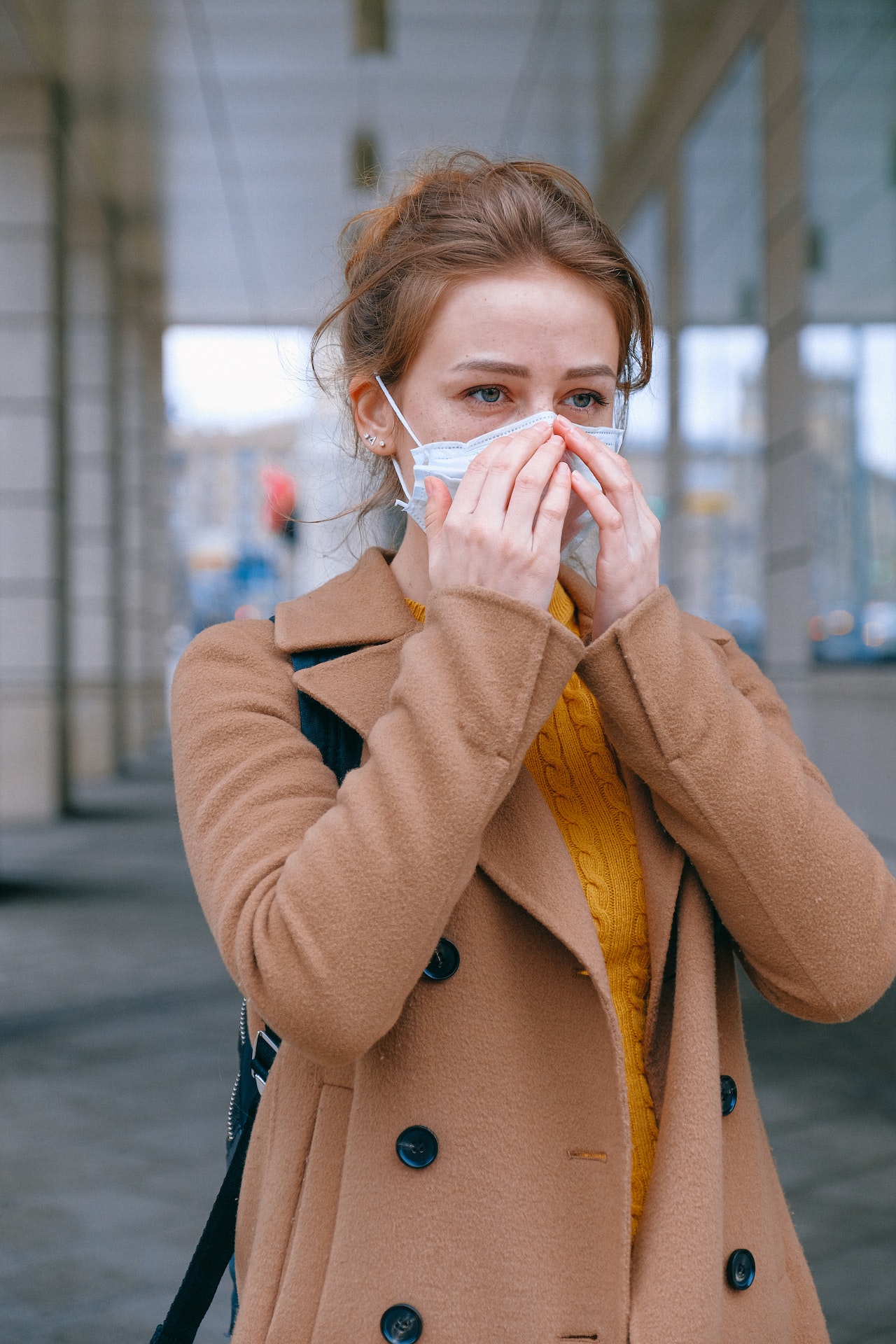When you venture outside, it’s important to take precautions for your safety. Eye protection is one of the most important of these precautions, and for good reason: if something happens and your eyes are unprotected, you could end up with permanent damage or even lose an eye. In this post, we will explore the different types of eye protection available on the market and what their main purposes are. We will also discuss the dangers of not wearing eye protection when outdoors, and provide tips on how to choose the right type for you.
Eye Protection
The purpose of wearing eye protection is to protect your eyes from potential injuries. Some of the most common injuries that occur to the eyes are abrasions, concussions, and even blindness.
There are a few different types of eye protection available on the market today. The two most popular types are glasses and contact lenses. Glasses protect your eyes by filtering out harsh sunlight while contact lenses protect your eyes by stopping contaminants from entering your eyes.
Another type of eye protection that is becoming more popular is goggles. Goggles protect your eyes by stopping debris, water, and other objects from flying into your face. They also offer some level of vision protection when used in conjunction with eyeglasses or contact lenses.
When choosing which type of eye protection to wear, it is important to consider the environment in which you will be working. For example, if you will be working outdoors in bright sunshine, you may want to choose glasses over contact lenses because they offer greater vision protection. If you will be working indoors or in low light situations, contact lenses may be a better choice because they offer superior levels of privacy and less glare.
Read More : How rare are Sanpaku Eyes
Types of Eye Protection
There are many types of eye protection, but the main purpose is to protect your eyes from potential injuries. Common types of eye protection include: glasses, goggles, face shields, and helmets.
Glasses are the most common type of eye protection. They help block out light and protect your eyes from damage. Glasses can be classified by the level of magnification they provide: minimal magnification (ophthalmic or reading glasses), intermediate magnification (half-jacket or varifocal lenses), and full-coverage magnification (sunglasses).
Goggles help protect your eyes from windblown sand, rain, and other elements while you’re working or playing outdoors. They come in a variety of shapes and sizes to fit any head size. Some models have filters that allow you to see clearly while wearing them; others have a built-in face shield that blocks all light except for blue light.
Face shields are a type of goggles that covers the entire face instead of just the eyes. They’re ideal for people who work with hazardous materials or who may be exposed to high levels of radiation. Face shields must meet specific safety standards before they can be used in occupational settings.
Helmets are one of the most protective types of eye protection available. They protect your entire head against impacts and cuts from objects outside the helmet. Helmets come in a variety of styles and sizes to fit any head shape or size.
Also Check it : Celebrities with Sanpaku Eyes
How to Choose the Right Eye Protection
There are a few things to consider when choosing the right eye protection for your specific needs.
One of the main purposes of wearing eye protection is to reduce the chances of getting an eye injury. There are a variety of types and styles of eyewear available, each with their own advantages and disadvantages.
One type of eyewear that’s popular among hunters is go-to glasses. Go-to glasses offer good ballistic protection, but they’re not typically designed to provide other types of protection, such as chemical or impact resistance. If you’re planning on engaging in any other activity that could lead to an eye injury, it’s important to also select appropriate eye protection.
Another factor to consider is the type of lens material used in your chosen eyewear. Different lens materials have different levels of light transmission and can affect how well you see in different conditions. Some materials are better at filtering out blue light, which can impair vision during daylight hours, while others are better at blocking out harmful UV rays. When selecting eyewear, be sure to test them out in a variety of lighting conditions so you can find what works best for your vision.
When it comes to choosing the right type and amount of eye protection for your specific needs, there isn’t one answer that fits all. It’s important to test out your eyewear in a variety of lighting conditions to find what works best for you.
Also Read : What Causes Sanpaku Eyes
When to Wear Eye Protection
There are many purposes for wearing eye protection, but the most important reason is to prevent injury from hazardous materials or particles that could enter your eyes.
When working with hazardous materials, it is important to follow safe practices and use proper eye protection. Some common hazards that may require eye protection include:
-Dust and other particles from machines or work areas
-Fumes and vapors from solvents or other chemicals
-Splash or contact with hot liquids, acids, or caustics
Conclusion
There are a variety of reasons why people wear eye protection, but the most important purpose is to keep your eyes safe from injury. Whether you are working on a construction site or playing sports, wearing appropriate eye protection will help protect your eyes from debris and other potential injuries.





